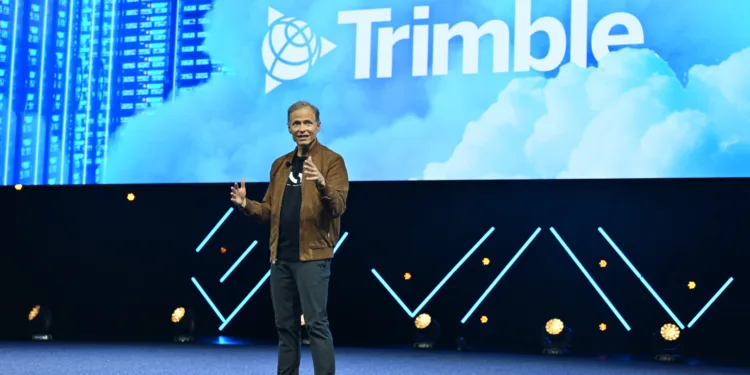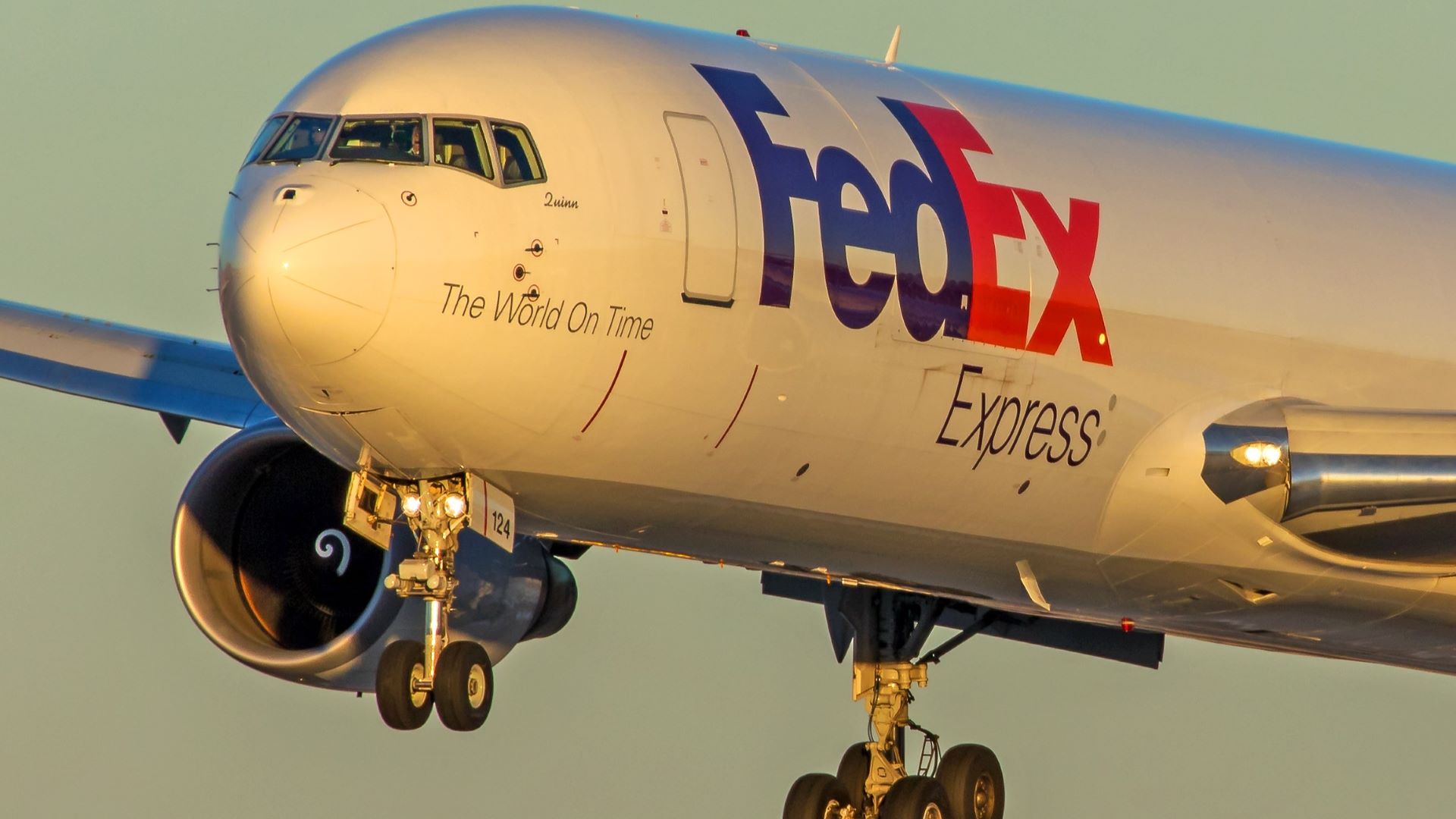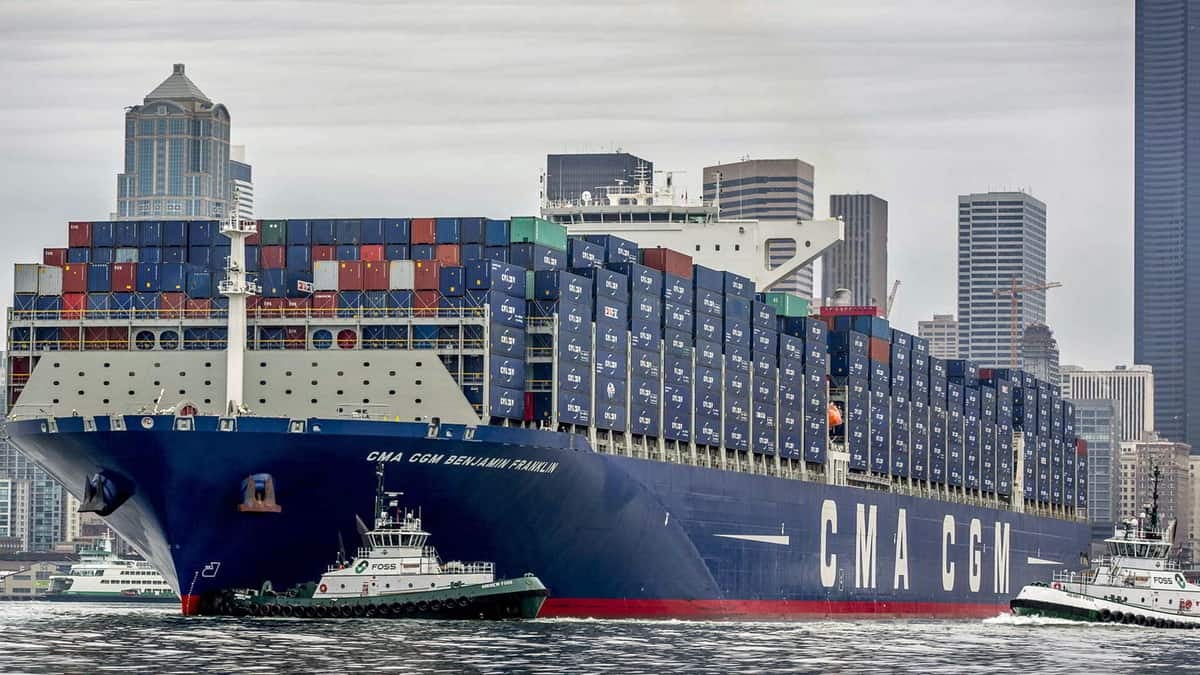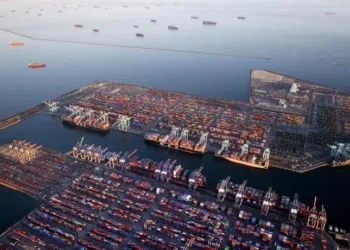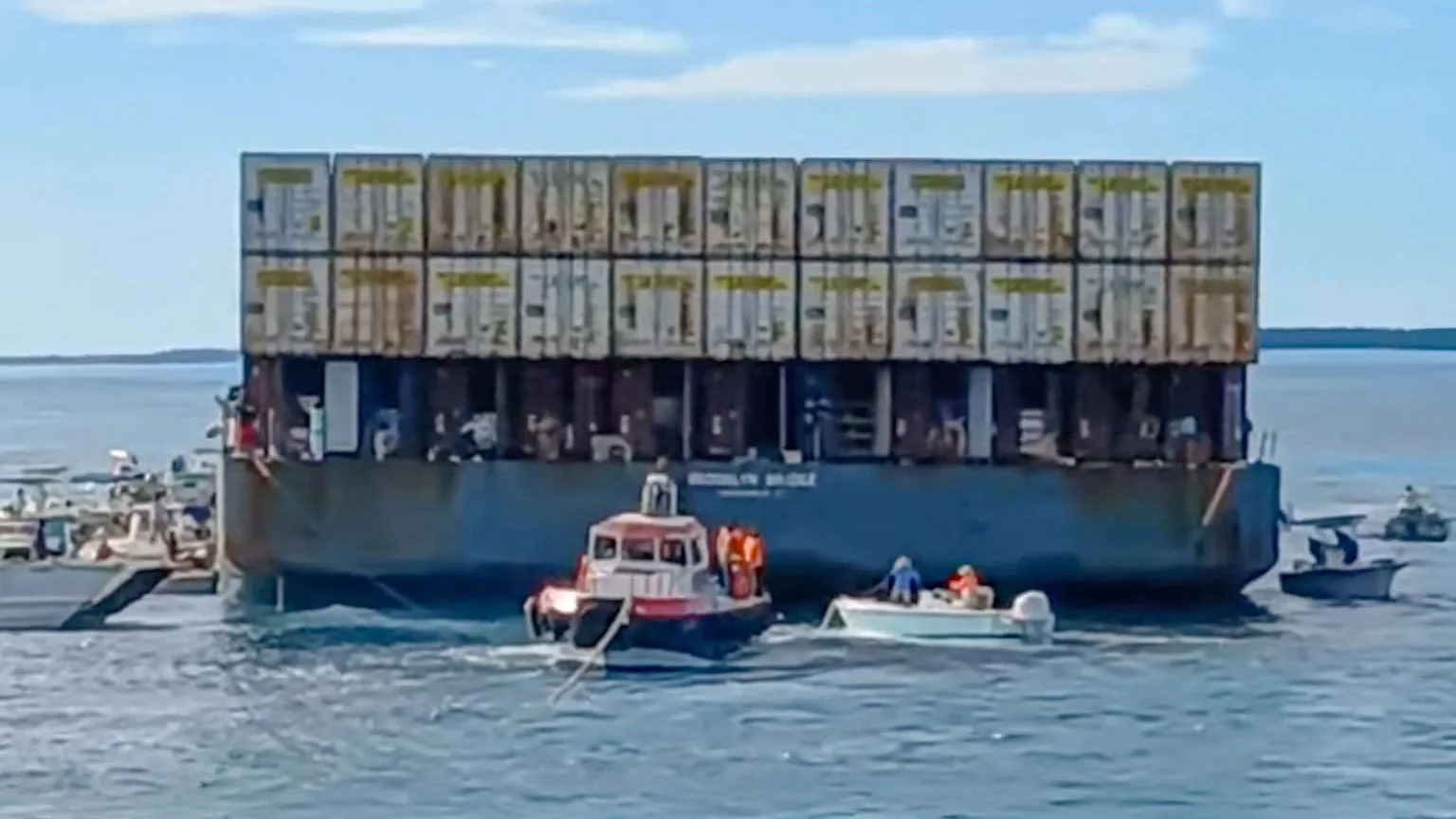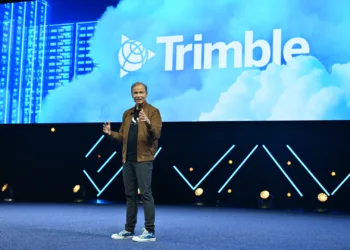NEW ORLEANS — Trimble on Monday launched a lineup of new AI-powered products and integrations as the company kicked off its 2025 Insight Tech Conference, aiming to accelerate automation and connectivity across the transportation and logistics sector.
The conference, held Sunday through Tuesday, includes around 700 attendees and features more than 200 information sessions and product demonstrations.
During an opening keynote, CEO Rob Painter and Michael Kornhauser, senior vice president of transportation and logistics, outlined a strategy centered on linking data, people and workflows through a unified, intelligent ecosystem.
“We choose the future where our connected ecosystem is that magic thing, growing and transforming the trajectory of our industries. We see our job as delivering confidence,” Painter said.
Trimble (NASDAQ: TRMB) is a provider of technology for trucking companies, freight brokerages and third-party logistics providers. The company also operates in industries such as construction and buildings, geospatial hardware and software, and resources and utilities.
Next-gen Trimble TMS debuts
The conference’s marquee announcement was the debut of Trimble TMS, a cloud-native, modular transportation management system designed for the “AI age.”
“This is the cornerstone of your connected future. Trimble TMS is not just an upgrade. It is the only Trimble-connected, cloud-first, AI-powered TMS,” Kornhauser said. “What makes it unique is it was built for the complex operations of enterprise transportation companies. Trimble TMS is designed to be a single intelligence center of our connected transportation ecosystem.”
At a media roundtable on Monday, Kornhauser emphasized that the new TMS is intentionally configurable — not customizable — a shift meant to reduce risks associated with bespoke software.
“Customers understand that customized software only they consume is risky for their business,” he said. “Our goal is to turn customizations into configurations and provide an extensible platform that can scale.”
Painter added that the new platform is designed to become a “system of intelligence” for fleets. “People get inspired by a system of intelligence — a single place to run your business — not just a system of record,” he said.
The new TMS embeds AI across seven modules — order, capacity, supply/demand, status, back office and control center — to automate order-to-cash functions and provide predictive insights, including seven-day network load forecasting.
The system can be deployed either as an end-to-end platform or integrated into existing Trimble TMS products.
AI agents automate the back office and breakdown response
Trimble also unveiled a suite of AI agents that automate time-consuming administrative tasks such as order entry, invoice processing and roadside breakdown management.
such as order entry, invoice processing and roadside breakdown management.
• Order Intake Agent — Automatically extracts and enters data from emails, PDFs or EDI, eliminating manual review for up to 90% of standard orders.
• Invoice Scanning Agent — Uses AI to scan PDFs and enter repair order data directly into TMT Fleet Maintenance.
• Road Call Agent — Listens to a driver’s natural-language phone call and automatically opens a breakdown ticket through TMT Road Call.
Kornhauser said these agents remove “manual bottlenecks that slow down supply chain operations,” freeing teams to focus on higher-level work. At the roundtable, he noted that early customer pilots show AI not only saves time but improves accuracy. “AI can make fewer mistakes on data entry than a human would,” he said. “And it frees people to do exception monitoring rather than core groundwork.”
Painter added that customers are already seeing strong value: “With the solutions you buy from us today, we can deliver AI value right now — not hypothetical, not magic voodoo.”
New tools target driver turnover, procurement and fuel hauling inefficiencies
In a separate set of product announcements, Trimble expanded its connected ecosystem with new integrations intended to address chronic industry challenges such as driver retention, fragmented procurement and “no-load” fuel deliveries.
Trimble Fleet Hub emerged as a centerpiece — a browser-based communication platform that connects dispatchers to drivers more quickly.
“Our broader vision for Fleet Hub is to create a single fleet view where fleet manager and driver can stay connected in real time, anywhere, at any time,” Kornhauser said.
At the roundtable, he said Fleet Hub represents a “significant technology leap,” replacing dozens of one-off telematics integrations with a standardized, monitorable link. “In the past, customers told us the system was down before we knew it,” he said. “Now we can see connection issues in real time and communicate instantly — in milliseconds instead of minutes.”
Trimble also expanded its Freight Marketplace, giving shippers AI-powered carrier vetting capabilities and providing carriers direct access to shipper freight. Procter & Gamble has already moved loads through the system, Kornhauser said.
For fuel haulers, a new integration between Tandem Concepts and Trimble Fuel Dispatch TMS applies rack-level DTN validation before a driver is dispatched—reducing costly no-load scenarios and driver detention.
“For our fuel haulers, we’re moving beyond just managing trips,” Kornhauser said. “We’re accelerating the flow of fuel from the terminal to the tank.”
Unified ecosystem strategy takes center stage
Across multiple releases, Trimble emphasized a future built around connected data, AI automation and flexible module-based deployments.
Painter said the shift to a cloud-hosted environment is essential to unlocking fleet data and scaling connected workflows — especially as global freight is expected to triple by 2050. “These are higher-order problems that Trimble’s transportation solutions are uniquely designed to address,” he said.
During the roundtable, both leaders said market pressures are accelerating the need for automation, especially as carriers face tight margins. “You sell technology to fleets with value — and the ROI today is very present,” Kornhauser said. “Our tools help carriers grow their business without growing headcount.”
Both executives stressed that AI is not replacing people but elevating them. “Our job is to remove the manual tasks, reduce the mistake-prone tasks and free workers to do higher-level work,” Kornhauser said.
The post At Insight 2025, Trimble bets big on AI to fix trucking’s workflow bottlenecks appeared first on FreightWaves.



